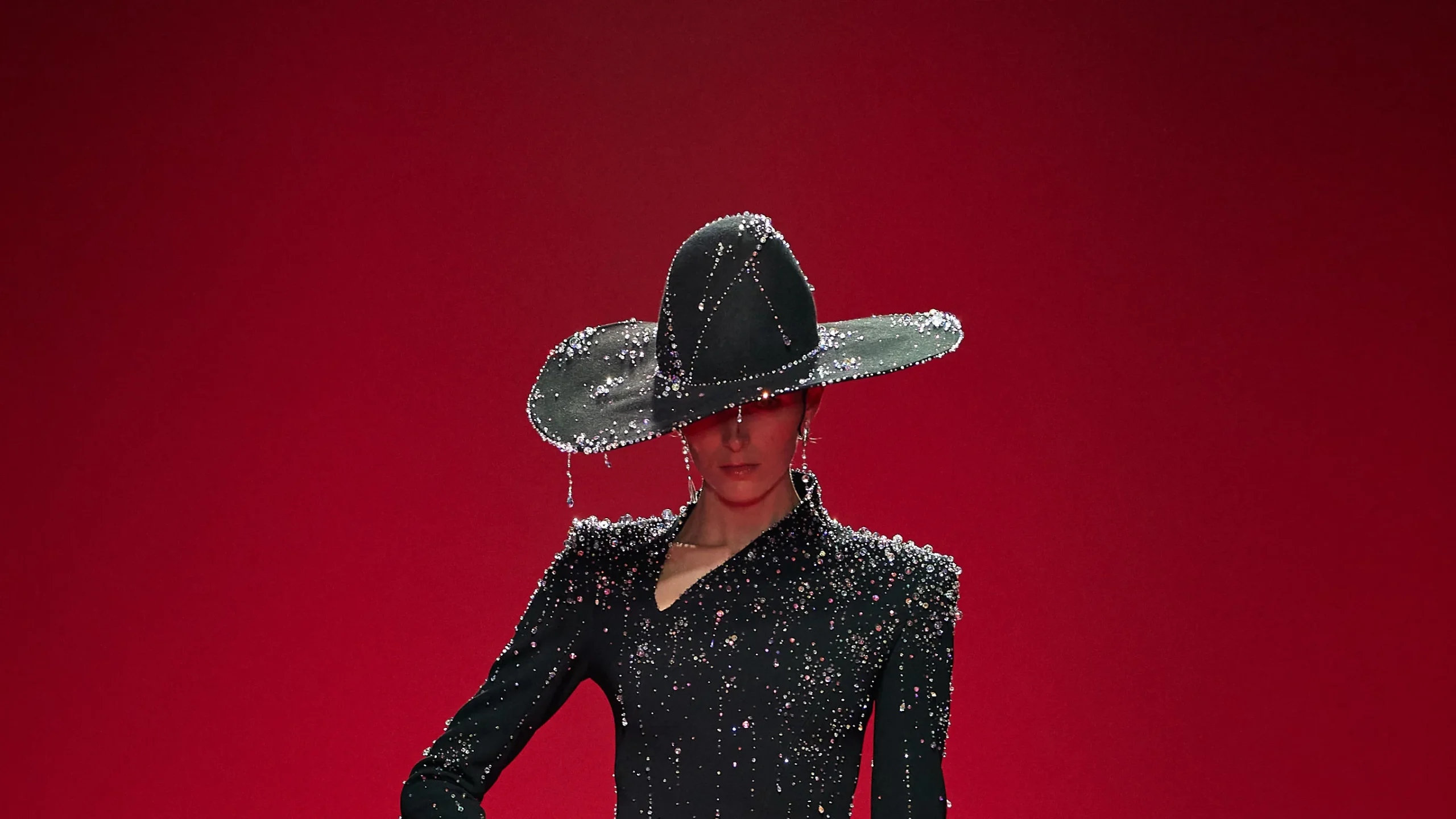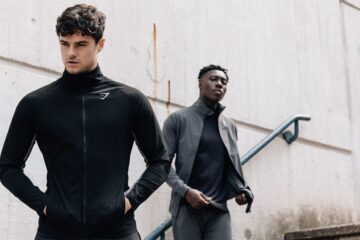Fashion is not just about clothing; it’s a vibrant form of self-expression that intersects with art, culture, and personal identity. The concept of “aesthetic meets fashion” explores how visual and artistic elements influence and enhance the world of clothing and style. This blog delves into five key aspects of how aesthetics shape fashion, offering insights into how this fusion creates compelling and distinctive looks.
1. Defining Aesthetic in Fashion
Understanding how aesthetic principles apply to fashion is crucial for appreciating the depth of style and design. Key aspects include:
- Aesthetic Elements: Aesthetics in fashion encompass color theory, texture, form, and composition. Designers use these elements to create visually pleasing and cohesive looks that resonate with their audience.
- Personal Aesthetic: Each individual has a unique personal aesthetic that reflects their tastes, preferences, and influences. This personal style shapes how they choose and wear clothing, creating a signature look.
- Cultural Influences: Fashion aesthetics are often influenced by cultural and historical contexts, incorporating traditional motifs, colors, and designs that reflect a specific cultural narrative.
Defining aesthetic in fashion helps in understanding how visual elements and personal style intersect to create unique and impactful fashion statements.
2. The Role of Art in Fashion Design
Art and fashion have a longstanding relationship, with artistic principles deeply embedded in the design process. Key areas include:
- Artistic Inspiration: Fashion designers often draw inspiration from various art forms, including painting, sculpture, and photography, translating these influences into clothing designs and collections.
- Collaborations: Partnerships between fashion designers and visual artists bring fresh perspectives and innovative ideas to the industry, resulting in unique collections and limited-edition pieces.
- Artistic Techniques: Techniques such as printmaking, embroidery, and fabric manipulation are used to incorporate artistic elements into fashion, enhancing the visual appeal and craftsmanship of garments.
The integration of art into fashion design enriches the creative process and results in garments that are both visually and conceptually engaging.
3. The Impact of Minimalism and Maximalism
Minimalism and maximalism represent two distinct aesthetic approaches in fashion, each with its own impact and appeal. Key aspects include:
- Minimalism: Characterized by simplicity, clean lines, and a limited color palette, minimalism emphasizes functionality and elegance. This aesthetic often uses high-quality fabrics and precise tailoring to create understated yet sophisticated looks.
- Maximalism: In contrast, maximalism embraces bold colors, intricate patterns, and layered textures. This aesthetic celebrates extravagance and individuality, allowing for more expressive and eclectic styles.
- Balancing the Two: Many fashion-forward individuals and designers blend elements of both minimalism and maximalism to create balanced and visually dynamic outfits.
Exploring minimalism and maximalism helps in understanding how contrasting aesthetic principles can influence fashion and personal style.
4. Fashion as a Canvas for Self-Expression
Fashion serves as a powerful medium for self-expression, allowing individuals to convey their personal stories and identities through their clothing choices. Key considerations include:
- Statement Pieces: Clothing and accessories that feature unique designs, slogans, or artistic elements can serve as powerful forms of self-expression, making bold statements about personal beliefs or interests.
- Customization: Personalized fashion, including custom designs and DIY alterations, allows individuals to infuse their personal aesthetic into their wardrobe, creating truly one-of-a-kind pieces.
- Cultural and Social Messages: Fashion can reflect cultural, social, or political messages, providing a platform for individuals to express their values and connect with broader movements.
Fashion as a canvas for self-expression underscores its role in reflecting and shaping individual and collective identities.
5. Sustainable Aesthetics: Merging Style with Responsibility
Sustainability in fashion is increasingly becoming a key consideration, with an emphasis on merging aesthetics with environmental and ethical responsibility. Key aspects include:
- Eco-Friendly Materials: Sustainable fashion incorporates materials such as organic cotton, recycled fabrics, and biodegradable textiles, combining style with environmental consciousness.
- Ethical Practices: Fashion brands are adopting ethical practices, including fair labor conditions and transparent supply chains, ensuring that aesthetic choices align with responsible production.
- Innovative Design: Designers are exploring innovative approaches to reduce waste and promote sustainability, such as zero-waste patterns and upcycled fashion, proving that style and sustainability can coexist.
Sustainable aesthetics demonstrate how fashion can maintain its artistic and stylistic integrity while addressing critical environmental and ethical issues.
Conclusion
When aesthetics meet fashion, the result is a dynamic and multifaceted field that merges artistic expression with style. By understanding the role of aesthetic elements in fashion design, the influence of art, the impact of minimalism and maximalism, the power of self-expression, and the importance of sustainability, we gain a deeper appreciation for how fashion reflects and shapes our world. Embracing these aspects not only enhances our personal style but also contributes to a more thoughtful and innovative fashion industry.


